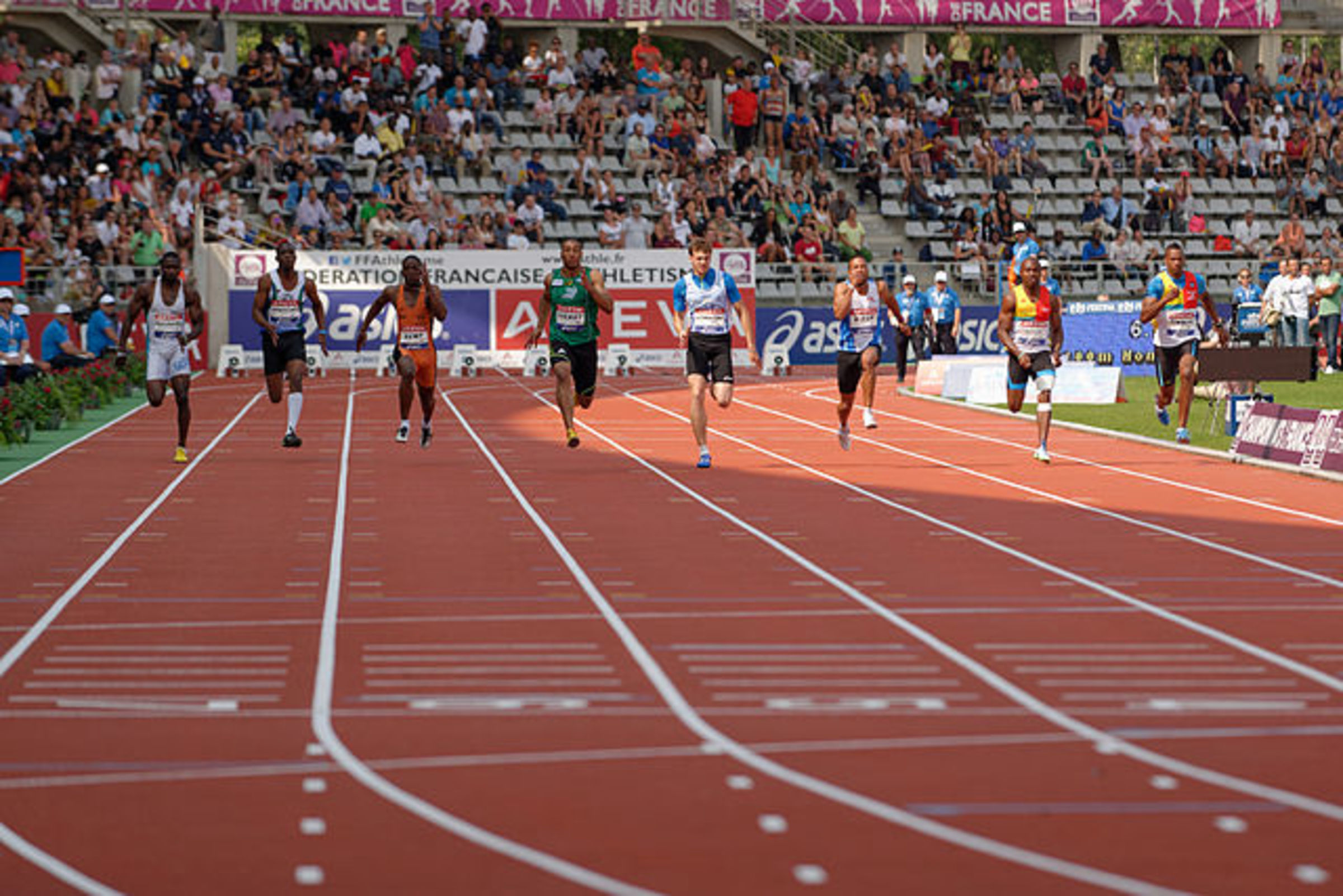Probabilistic Race Results

Consider a race that is run by several people, including Alice, Bob and Charlie.
1) Is it possible that the probability that Alice finishes before Bob is strictly greater than \( \frac{1}{2} \) AND the probability that Bob finishes before Alice is strictly greater than \( \frac{1}{2} \)?
2) Is it possible that the probability that Alice finishes before Bob is strictly greater than AND the probability that Bob finishes before Charlie is strictly greater than AND the probability that Charlie finishes before Alice is strictly greater that ?
Can we generalize this to having people?
No vote yet
1 vote
Easy Math Editor
This discussion board is a place to discuss our Daily Challenges and the math and science related to those challenges. Explanations are more than just a solution — they should explain the steps and thinking strategies that you used to obtain the solution. Comments should further the discussion of math and science.
When posting on Brilliant:
*italics*or_italics_**bold**or__bold__paragraph 1
paragraph 2
[example link](https://brilliant.org)> This is a quote# I indented these lines # 4 spaces, and now they show # up as a code block. print "hello world"\(...\)or\[...\]to ensure proper formatting.2 \times 32^{34}a_{i-1}\frac{2}{3}\sqrt{2}\sum_{i=1}^3\sin \theta\boxed{123}Comments
I suppose this problem comes from nontransitive dice, although by making it a scenario of runners my thoughts of probability are suddenly shattered. Still figuring out how to formalize the probabilities as runners.
Log in to reply
That is a good interpretation, and gives you a possible construction almost immediately.
If Alice finishes before Charlie, and Charlie finishes before Bob, i will be denoting it as ACB. I will be assuming that no two people can finish together.
1) Let's assume both P(AB),P(BA), are both strictly greater than 21, then this means P(AB)+P(BA)>1.
However, we know that AB and BA are mutually exclusive events, and collectively exhaustive, therefore P(AB)+P(BA)=1. This is a contradiction, therefore our initial assumption was wrong, which means, both P(AB) and P(BA) cannot be strictly greater than 21
2) I am working on this right now....